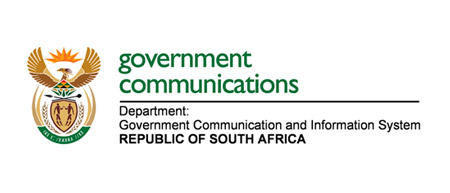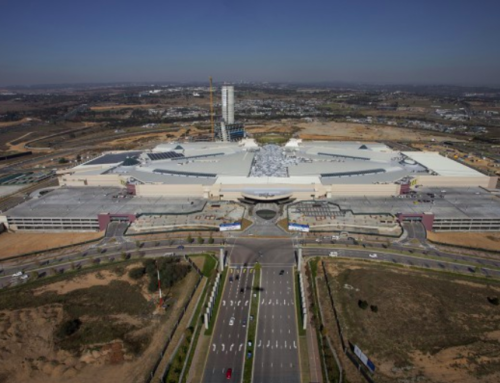Government Communication Information System (GCIS) digital footprint development and management


Strategy consulting: Digital footprint development and management for the Government Communication Information System (GCIS)
A company’s digital footprint refers to all the digital elements that create its online presence, including television, mobile platforms, websites and social media applications. The digital space allows for unparalleled interaction and engagement with large target audiences the world over.
Client profile
The Government Communication and Information System (GCIS) was established in 1998 to provide strategic communication leadership and support to the South African Government.
The challenge at hand
When rolling electricity blackouts hit South Africa in 2008, the nation woke up to an energy crisis and the powers that be realised that the country’s energy resources are not limitless. In addition, South Africa pledged its commitment in Copenhagen to the Conference of the Parties to the United Nations Framework Convention on Climate Change to mitigate climate change by actively reducing its carbon footprint. Early in 2010, Government formed an Inter-Ministerial Committee on Energy (IMC) to address the issues pertinent to energy in South Africa. The IMC in turn created an Inter-Departmental Technical Task Team on Energy Efficiency (IDTTT-EE) to execute the tasks identified. GCIS chaired Work Group 9 of the IDTTT-EE, with the mandate to communicate. Subsequently, GCIS appointed Stone to design and manage an energy efficiency campaign to create national awareness and inspire all South Africans to be more energy efficient.
Stone’s approach to meeting the need
Stone, in collaboration with GCIS, applied its unique Pebble Ring Thinking© methodology to set in motion a comprehensive consultative process centred around the campaign’s objectives. Upfront, it involved extensive gathering of critical data through in-depth research and engagement with all relevant stakeholders to identify key issues. Stone also carefully mapped the audiences based on the information gathered. In record time, Stone compiled a campaign communication strategy, which included a work plan with strategic deliverables and outcomes aimed at achieving maximum impact within the time frames and budget available. Stone then provided a turnkey solution for seamless implementation of the recommended interventions.
One of these interventions was a virtual network aimed at engaging stakeholders in the energy arena on various energy efficiency issues in an interactive manner. Stone managed the implementation of this virtual network through a three-phased approach that can be summarised as follows:
Phase 1: Building an energy stakeholder database and creating a customised e-newsletter. The first five editions comprised aggregated content of energy related topics and served to initiate the process and test the technical platforms.
Phase 2: Deployment of a journalist to report on pre-selected, energy-related topics to supply content for a further eight newsletters.
Phase 3: Development of a website with a content management system to engage and make contributions to energy efficiency matters.
Stone managed the full virtual network development process. In Phase 1, the team was responsible for collecting data from all available resources and building an energy stakeholder database. Stone conceptualised the name for the e-newsletter, Energy Matters, and provided directives for the topics and content based on what was newsworthy and relevant at the time. During Phase 2, the Stone account manager participated in the selection of topics, coordinated the interviews for the journalist deployed to write the articles and ensured approval of content. To build the website in Phase 3, Stone sub-contracted a specialist service provider, but remained responsible for directing the design and layout and managing the complete website development process from beginning to end.
Results achieved and value added for GCIS
- The Energy Matters newsletter was successfully launched and regularly distributed among a large number of key stakeholders in the energy efficiency arena for the duration of the National Energy Efficiency Campaign. Energy Matters was overall well-received and several stakeholders pledged their support and offered to make contributions.
- Issues in a number of Energy Matters were picked up by the mainstream media and published in several publications.
- The Save It! virtual platform or website went live and served as a key point of reference for energy saving tips and to share prominent milestones of the National Energy Efficiency Campaign. The website also featured four five-minute television inserts produced as part of the campaign to highlight key events or interventions.
- Furthermore, the energy database and e-newsletter network enabled GCIS to easily communicate important announcements to key stakeholders.
- The Virtual Network, e-newsletters and website that formed part of the GCIS National Energy Efficiency Campaign, Save It!, contributed to enhancing general public awareness on energy efficiency issues in South Africa.






